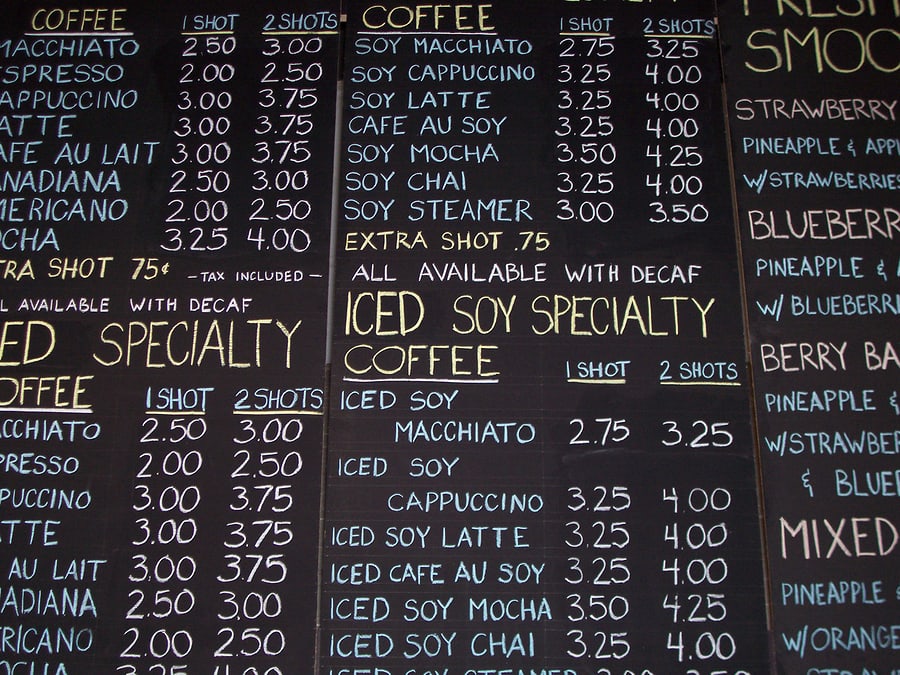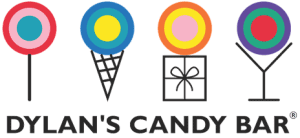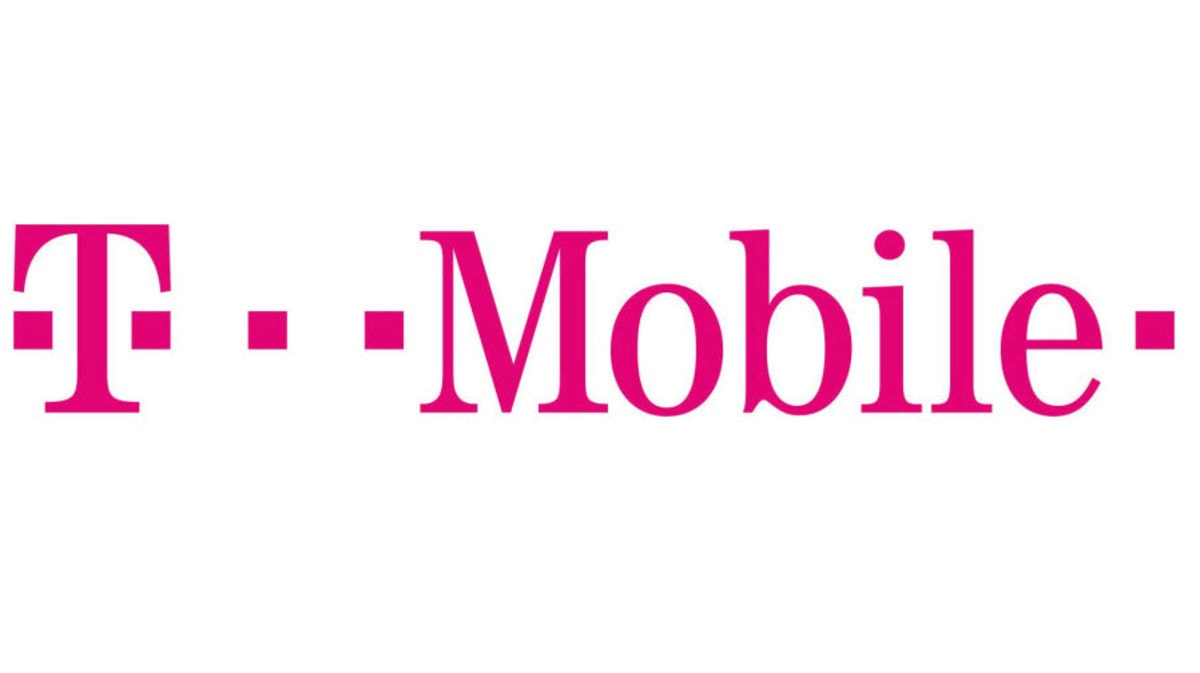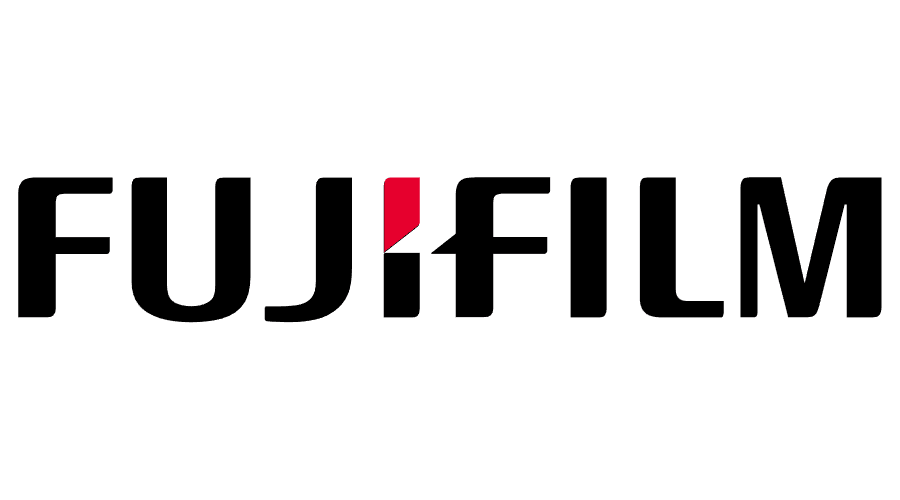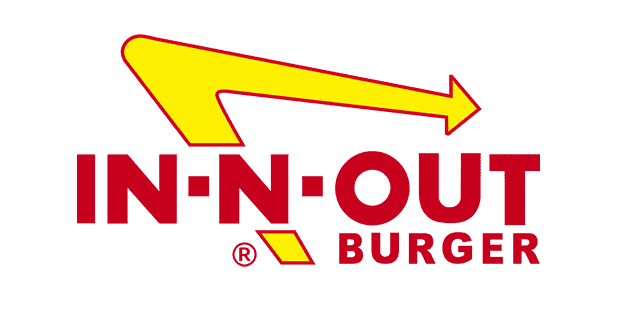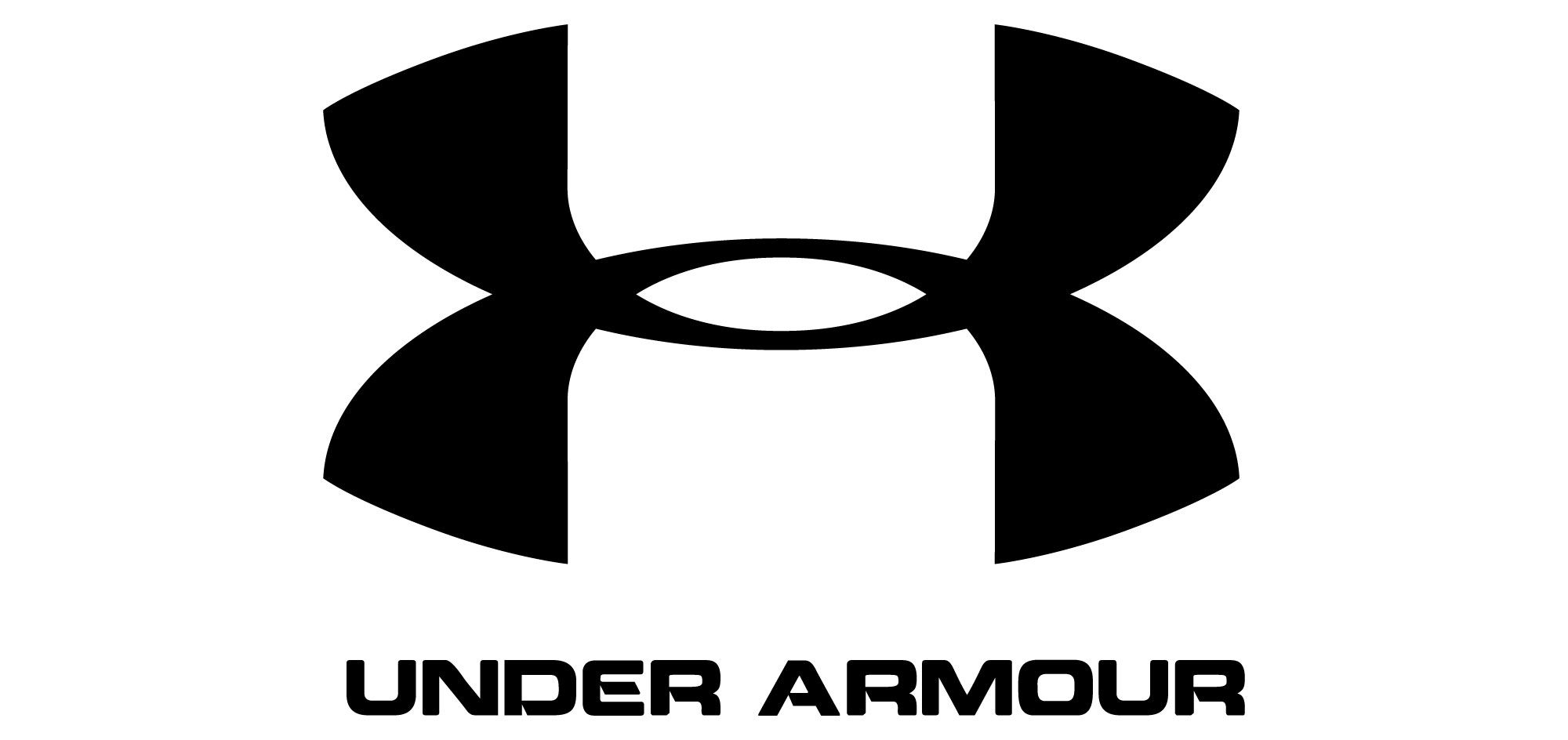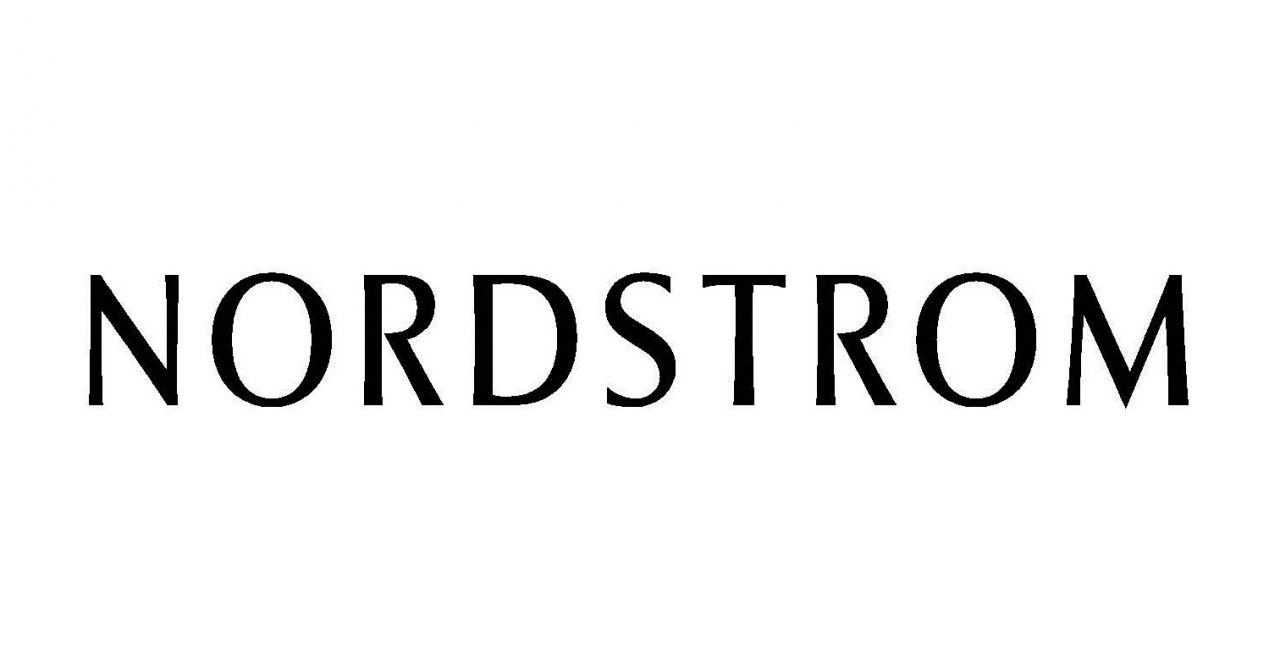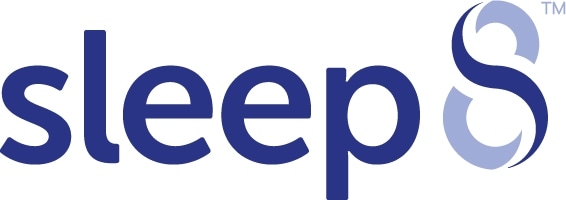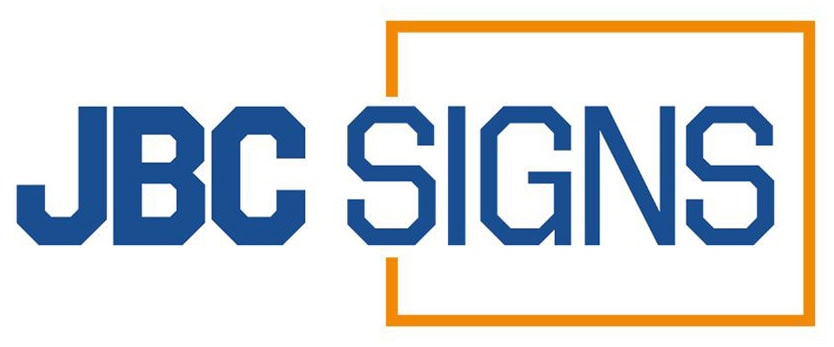Key Takeaways:
- Leveraging Psychological Pricing: One of the key tips for optimizing your menu is using psychological pricing strategies, such as ending prices with ".99" to make items appear less expensive. This subtle tactic influences customers' perception of value and can lead to increased sales.
- Strategic Menu Layout: Organizing your menu in a way that guides the customer's eye to high-margin items is crucial. For example, placing premium items in the top right corner or the center can attract more attention, making these items more likely to be purchased.
- Descriptive Language for Appeal: Using descriptive language in menu item names can evoke a stronger emotional response from customers, enticing them to make a purchase. Descriptions that emphasize freshness, quality, and flavor can make a significant difference in sales, particularly in restaurants.
- Highlighting Specials and Combos: Another effective tip is to clearly highlight specials, combos, and bundles. By presenting these as exclusive offers, customers feel they're getting more value for their money, which can increase overall order volume.
- Menu Simplicity: Keeping the menu simple and easy to navigate helps prevent decision fatigue. A menu that is cluttered or overly complicated can overwhelm customers, potentially leading them to choose fewer or lower-value items. Clean design and clear categories ensure customers can quickly find what they want.
You’ve walked into a restaurant and sat at your table. A waiter brings you a menu and you scan through it searching for a dish you like. What do you choose and why did you choose it?
This might sound like a sample exam question, but it’s a question everyone that sits down in a restaurant asks themselves every time they look over the menu. As such, it’s important that any restaurant owner makes the decision as easy as possible.
Through price psychology and effective design, it’s possible to make certain items on your menu look more appealing, expensive items seem less expensive and extra items like drinks and desserts go from optional to essential.
It’s also possible to determine the optimal price for certain items on your menu by understanding the basic price of ingredients and time, the price of restaurants that compete with you and the amount customers are willing to pay.
In this guide, we’ll share three simple but highly effective tips and techniques that you can use to optimize your menu for a higher per-table average spent, increased return customers and a more powerful brand for your restaurant.
Calculate pricing based on your competition
One of the most frequently used restaurant pricing models is referred to as food cost pricing. This method of pricing takes into account the cost of the food (and the labor involved in preparing the food) to work out a reasonable menu price.
For example, a dish that costs $5 to prepare with a desired food cost percentage of 25% should be priced at $20, giving your restaurant a 75% profit margin whenever it’s ordered.
Food cost pricing gives your restaurant a predictable profit margin, but it ignores an important aspect of running a successful restaurant – offering better value, whether in terms of pricing or quality, than competitors.
Instead of simply determining prices using food cost pricing, dine at restaurants that compete with yours to ensure you’re offering the best value – not just in terms of the quantity of food or lowest price, but also the quality – to your customers.
Avoid using currency icons on your menu
Here’s an interesting psychological truth: people are more likely to spend more if the menu they’re ordering from doesn’t include currency symbols – dollars, euros and others, for example – than if it does include these symbols.
This is because people mentally associate currency symbols with cost, making the act of ordering an item from a menu that includes currency symbols a purchase in their mind. When price symbols are removed, this mental effect isn’t as great.
Removing currency symbols from your menu won’t suddenly turn people into big spenders, but it has a subtle but noticeable effect on the willingness of customers to order meals that they would normally perceive as being out of their price range.
If your restaurant sells high-end food that’s priced accordingly, removing currency symbols from your menu could decrease the psychological cost of ordering many of your menu items and encourage customers to spend a higher amount, on average.
Strategic Sign Holder Placements to Complement Your Menu Design
While psychological pricing can significantly improve sales, the physical presentation of your menu plays an equally crucial role in enhancing customer engagement. Integrating well-placed sign holders into your restaurant or café can help highlight special offers, upsell items, or feature promotions in a way that complements your menu design. From tabletop holders to wall-mounted displays and professional brochure holders, strategic placement of these materials can further influence purchasing decisions and improve customer experience.
Tabletop Sign Holders: Draw Customers' Attention to Special Offers
Tabletop sign holders are highly effective in grabbing customers’ attention right at the point of decision-making—whether they are perusing the menu or deciding what to order. By placing well-designed tabletop sign holders on tables or near ordering counters, you can highlight promotions, limited-time offers, or suggest add-ons that align with the psychological pricing strategies used on your menu. For example, offering a “Combo Deal” or “Popular Choice” sign can gently nudge customers to opt for higher-margin menu items.
These sign holders are ideal for creating a seamless, hands-on experience for diners. They provide quick access to additional menu options, drinks specials, or even dessert suggestions, making it easy for customers to add more items to their order without having to ask staff.
Wall-Mounted Sign Holders: Maximize Space and Visibility for Promotions
If your restaurant has limited counter or table space, wall-mounted sign holders offer an excellent alternative to display promotions and seasonal menu items. These holders can be positioned at eye level, ensuring that your specials or new items are seen as customers enter or while they are waiting to be seated.
Using wall-mounted brochure holders allows you to display larger promotional pieces such as daily specials, loyalty program details, or event flyers. Wall-mounted displays are especially useful for drawing attention to high-profit items or introducing customers to new offerings that may not be on the regular menu. These can also be used to highlight premium or upsell options, like wine pairings or limited-edition dishes, which complement your pricing strategy.
Professional Brochure Holders: Organize and Elevate Your Branding
For restaurants and cafés looking to create a more polished, upscale atmosphere, premium brochure holders are a must-have. These high-quality holders are perfect for organizing your menus, wine lists, or dessert offerings, and can be strategically placed at the counter or near the entrance. By presenting your menu in professional brochure holders, you reinforce your brand’s image and keep your menus looking neat and accessible.
Additionally, these holders can be used for seasonal brochures or promotional materials that showcase special pricing strategies. For example, you might want to display a premium wine or cocktail menu in a brochure holder near the bar, allowing customers to browse while they wait for their drinks. This keeps your promotional materials organized and professional while subtly encouraging customers to make higher-end purchases.
Creating a Cohesive, Customer-Centric Experience
By incorporating strategic sign holder placements such as tabletop, wall-mounted, and professional brochure holders, you enhance the customer experience and complement your menu’s psychological pricing strategies. These simple additions can guide customers to high-margin items, promote special offers, and create a more streamlined, visually appealing environment that drives increased sales. Properly placed signage allows your customers to easily explore additional menu options, while also reinforcing your restaurant’s brand and atmosphere.
Offer a range of items at different prices
The most successful restaurants tend to offer items at a range of different prices to appeal to a wide, diverse audience. For example, a restaurant could offer some of its mains for $50 and a range of cheaper dishes from $25 to $40 each.
Offering a spectrum of different prices gives your customers more a far wider range of items to choose from. It also makes your restaurant seem more affordable due to the selection of inexpensive items, which balance the menu.
The vast majority of people won’t purchase the cheapest items listed on your menu, but simply offering them creates a psychological effect that makes your restaurant’s dishes seem more affordable and competitively priced.
This technique is often used in drinks menus and wine lists, where an inexpensive bottle of wine is used to define the lower end of the menu, increasing the chance of customers ordering mid-priced menu items.
FAQs
1. What is psychological pricing, and how can it optimize a menu?
Psychological pricing uses strategies like ending prices in ".99" to make items seem cheaper. This subtle tactic influences customers’ perception of value, encouraging more purchases. For menus, it can help highlight popular or profitable items and boost sales effectively.
2. How can menu design impact customer choices?
Strategic menu design, such as placing high-profit items in the top-right corner, guides customer decisions. Using descriptive language, bold headings, and visual cues like boxes or images helps draw attention to specific dishes. A well-structured menu simplifies choices and boosts sales.
3. Why is it important to avoid using currency symbols on menus?
Removing currency symbols minimizes the reminder of spending, making customers focus on the food rather than the cost. This subtle adjustment reduces price sensitivity and encourages them to order freely. It's a proven tactic to increase average order value in restaurants.
4. How can descriptive language improve menu sales?
Using appealing adjectives like "succulent," "artisan," or "homemade" enhances the perceived value of dishes. Descriptive language creates a sensory experience, making items more tempting. Customers are willing to pay more for items that seem unique or high-quality.
5. What role does item placement play in menu optimization?
The placement of items significantly influences customer choices. High-profit dishes should be placed in "golden triangle" zones—like the top-right corner or highlighted sections. Strategic positioning increases visibility and encourages customers to order these prioritized items.

